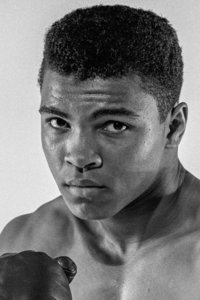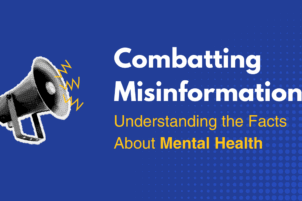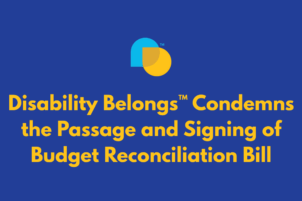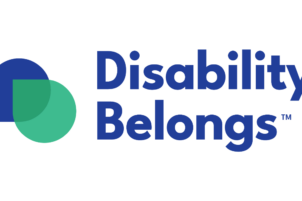Muhammad Ali was known to many as a champion boxer and a man who fought for racial and social justice his entire life. He acquired Parkinson’s at age 42 and became a role model for people with physical disabilities. What many may not know, however, is that Ali also had dyslexia.
“As a high school student, many of my teachers labeled me dumb…I knew who the real dummies were. I barely graduated…There was no way I was going to college—I never even thought about it. I could barely read my textbooks,” Ali has told others.
When Ali was growing up, teachers and researchers did not know much about dyslexia or how to help children who struggle with the disability. Ali was not aware of the fact that he had dyslexia, either, which led to a lack of confidence in his ability as a student.
Having dyslexia did not mean that Ali was not intelligent; his fans certainly knew that he was extremely talented well beyond the boxing ring. It just meant that he learned differently, in a way that had to be addressed separate from his peers.
Ali carried this memory of his struggle in school, especially his hatred of reading at the time as a result of his dyslexia. He recognized that dyslexia affects children’s desires to read and enjoyment of the task. So he worked with his wife, Lonnie, and book publishers, Scholastic, to create a new series of books that would help improve the literacy of young readers who struggle. The series is known as Go the Distance.
“If my mind can conceive it, and I can believe it—then I can achieve it,” Ali is known for saying.
For many of the 1,199,743 black students (K-12) with disabilities in America today, however, the deck is stacked against them. Frequently “invisible disabilities” such as ADHD are not diagnosed and students do not get the supports they need to achieve. Frustrated, they can act out and become suspended. Studies show that when students miss too many days, they get so far behind in class that it can lead to them dropping out of school and entering the school-to-prison pipeline. Today there are more than 750,000 people with disabilities behind bars in America.
Overall, only 65 percent of students with disabilities graduate high school compared to 84 percent of students without disabilities. However, only 57 percent of black students with disabilities graduate high school compared to 74.6 percent of black students without disabilities.
Role models such as Ali make a big difference in setting high expectations for youth with disabilities. People with disabilities of all backgrounds can be amongst the highest achievers on earth. Harriet Tubman had Epilepsy, actress Halle Berry lives with diabetes, business leader and Shark Tank superstar Daymond John is dyslexic and Stevie Wonder is blind. Each of them is a positive role model for success.










Great article. I did not know this about Ali.